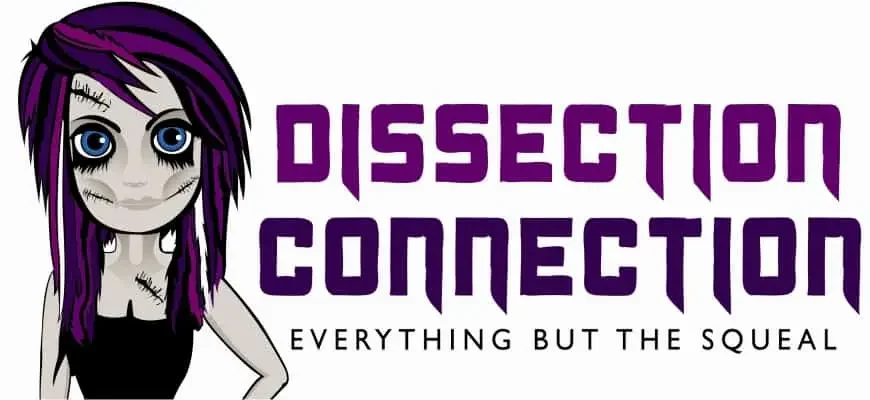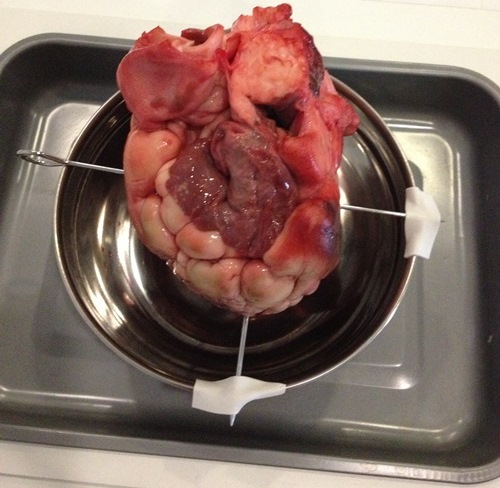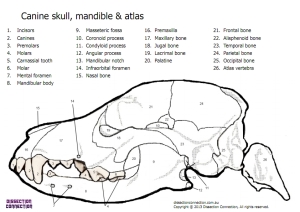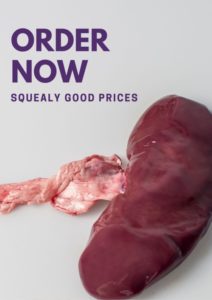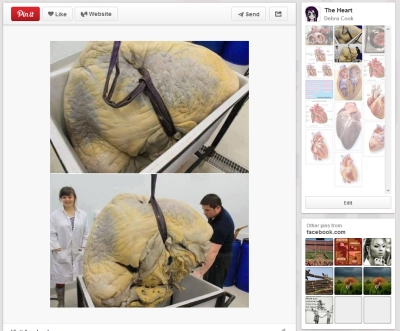
This photo has been doing the rounds of Pinterest recently captioned as “the heart of a blue whale”. I haven’t been able to find the original source of the photo or been able to confirm that it’s a heart from a whale. Regardless – it’s a big heart and an impressive photo and there are more of them here.
My point here is that it is obviously a photo taken in a lab of a heart that is going to be studied. It would not have been easy to get and it obviously wasn’t easy to maneuver into the lab. And what have they done? Chopped the top off it and made it almost completely useless as a teaching specimen.
What a shame.
![]()
